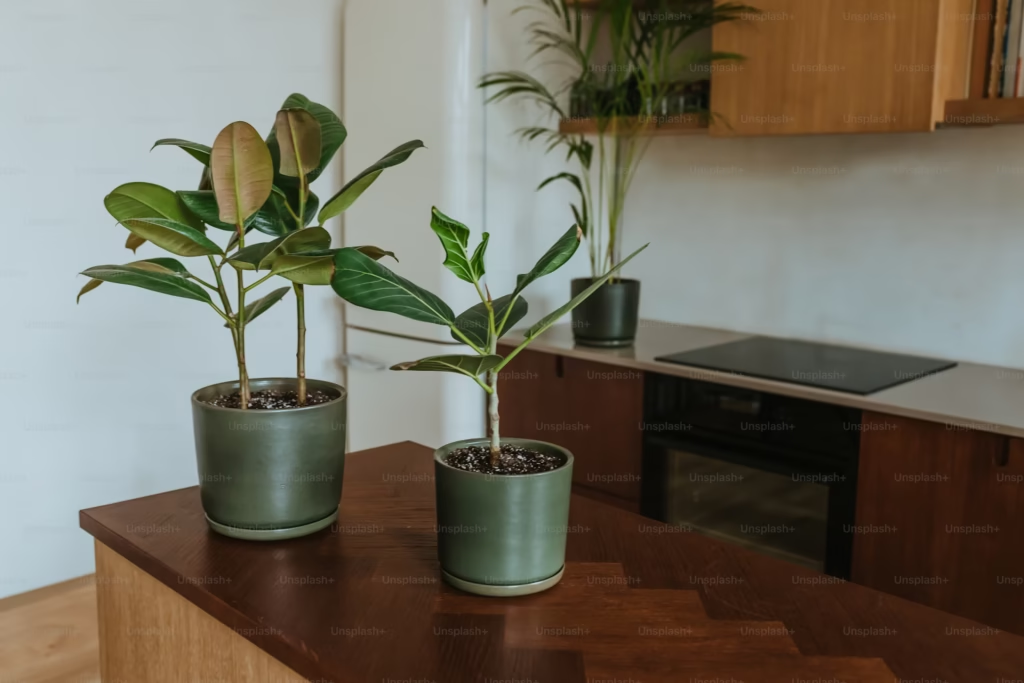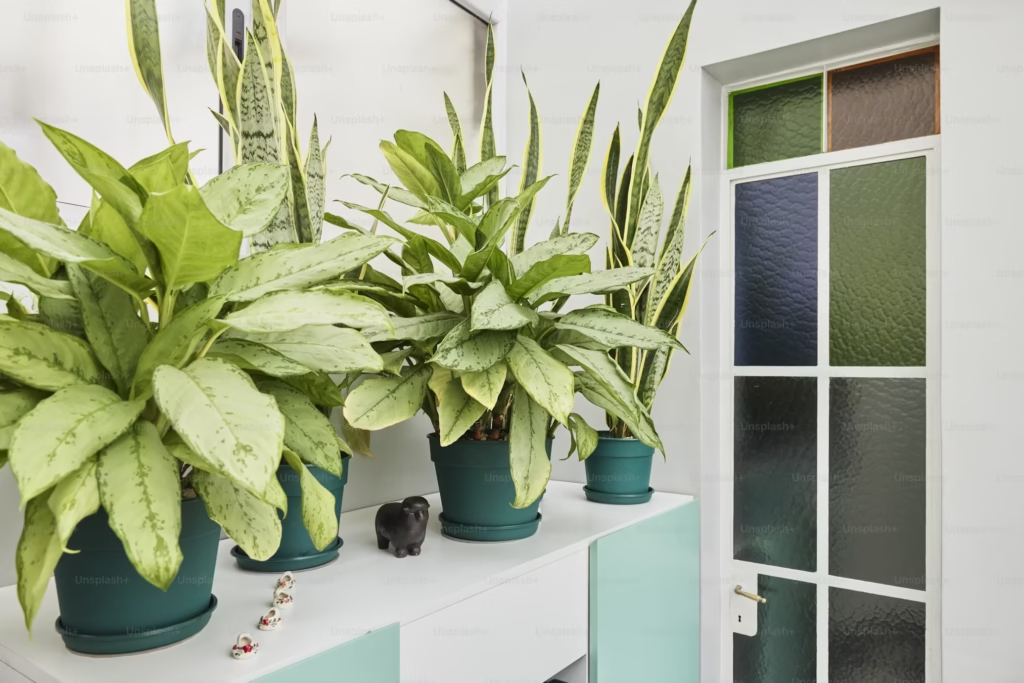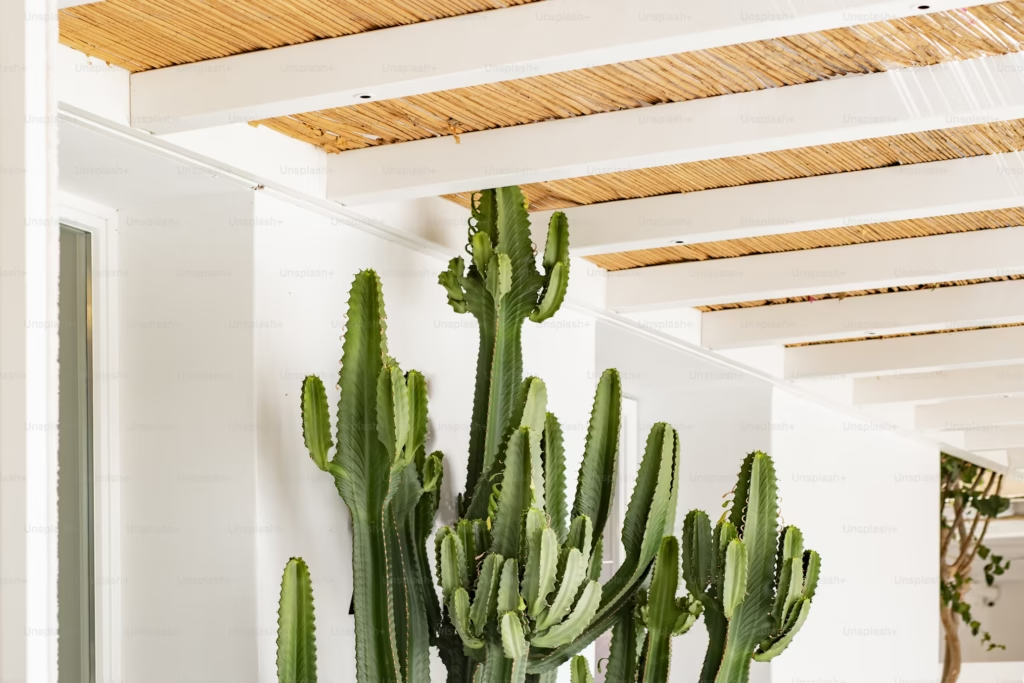
How to Grow and Care for Bonsai Trees Indoors
Bonsai trees are a unique and beautiful way to bring nature into your home. These miniature trees, though small, require attention to detail and specific care to thrive indoors. With proper care, you can enjoy the calming beauty of a bonsai tree for many years. Here’s a comprehensive guide on how to grow and care for bonsai trees indoors.
1. Choose the Right Bonsai Tree for Indoors
Not all bonsai trees are suitable for indoor environments. Some species need more sunlight and fresh air than indoor conditions can provide. To grow a bonsai indoors, choose varieties that are well-suited for indoor care:
- Ficus Bonsai: A popular choice for indoor bonsai, it thrives in low light and humid conditions.
- Chinese Elm Bonsai: Adaptable to indoor conditions, the Chinese Elm is easy to care for and can handle low to medium light levels.
- Jade Bonsai: Known for its small, thick leaves and trunk, the jade plant is an excellent indoor bonsai option.
- Portulacaria Afra (Elephant Bush): This plant thrives indoors in bright, indirect light.
Tip: Always research the specific needs of your chosen bonsai species to make sure it will thrive in your home environment.
2. Provide Adequate Lighting
Bonsai trees need a good amount of light to thrive, but they should be protected from harsh direct sunlight, which can cause the leaves to scorch.
- Location: Place your bonsai tree in a spot that gets plenty of natural light, ideally near a window with bright, indirect sunlight. A south- or west-facing window is perfect.
- Supplement with Grow Lights: If your home doesn’t get enough natural light, especially during the winter months, consider using a grow light. A full-spectrum LED light will mimic sunlight and provide the necessary light for your bonsai.
- Duration: Most bonsai trees need 4 to 6 hours of light per day. Rotate the tree regularly to ensure all sides get an even amount of light.
3. Watering Your Bonsai Tree
Watering is one of the most important aspects of bonsai care, and it’s crucial to get it right to avoid overwatering or underwatering.
- Check Soil Moisture: The soil should be kept moist but not soggy. Stick your finger into the soil; if it feels dry a couple of inches down, it’s time to water.
- Water Thoroughly: Water the bonsai until water runs out of the drainage holes at the bottom of the pot. Ensure the roots receive water evenly.
- Humidity: Indoor air, especially during the winter when heaters are on, can be quite dry. Bonsai trees thrive in humidity, so consider placing a humidity tray under your plant. You can also mist the leaves gently with water or use a room humidifier.
Tip: Avoid watering your bonsai on a strict schedule. Instead, water when the soil feels dry to the touch.
4. Pruning and Shaping Your Bonsai
Pruning and shaping are what give bonsai trees their distinctive appearance. Bonsai cultivation is an ongoing process that requires patience.
- Prune Regularly: To maintain the miniature size of your bonsai, prune the branches and leaves regularly. Use sharp, sterile scissors or pruning shears to remove dead or damaged branches and leaves.
- Pinch New Growth: Pinching off new shoots helps keep the bonsai compact and encourages branching. Pinch back new growth to the desired length, but do this gently to avoid damaging the plant.
- Shape with Wire: Use bonsai wire to gently guide branches into the desired shape. Be careful not to wrap the wire too tightly, as this can damage the bark.
Tip: Be patient and gentle with pruning. Bonsai cultivation is an art form that takes time and attention to detail.
5. Repotting Your Bonsai Tree
Bonsai trees need to be repotted regularly to ensure they stay healthy and maintain their shape.
- Frequency: Repot your bonsai every 1-2 years, depending on the growth rate of the tree. Younger bonsais will need to be repotted more often than older ones.
- When to Repot: The best time to repot your bonsai is in early spring, just before the growing season begins. This allows the tree to recover from any root disturbances.
- Repotting Process: Gently remove the bonsai from its pot and trim back the roots to encourage healthy new growth. Be sure to replace the old soil with fresh, well-draining bonsai soil.
Tip: Always use a pot with drainage holes to prevent water from accumulating at the bottom, which could lead to root rot.
6. Fertilizing Your Bonsai Tree
Bonsai trees need regular feeding to support their small size and healthy growth.
- Fertilize Regularly: Feed your bonsai with a balanced, liquid fertilizer every 2-4 weeks during the growing season (spring and summer). Reduce the frequency in fall and winter when the tree is dormant or less active.
- Organic Fertilizer: Organic fertilizers, such as fish emulsion or compost tea, are ideal for bonsai trees because they release nutrients slowly and help maintain soil health.
Tip: Always follow the instructions on the fertilizer packaging and avoid over-fertilizing, which can harm your bonsai.
7. Pest and Disease Management
Bonsai trees, like all plants, can be vulnerable to pests and diseases. Keep a close eye on your plant and take action quickly if you spot any issues.
- Common Pests: Aphids, spider mites, and scale insects are the most common pests found on indoor bonsai trees. Regularly inspect the leaves and stems for signs of pests.
- Treatment: If pests are detected, use insecticidal soap or neem oil to treat the plant. Be sure to follow the product instructions and apply it in a well-ventilated area.
- Preventive Care: Keeping your bonsai tree healthy through proper watering, lighting, and pruning can help prevent pest and disease problems.
Tip: Quarantine any new plants before introducing them to your collection to prevent introducing pests into your home.
8. Temperature and Air Circulation
Bonsai trees thrive in stable temperatures and require good air circulation.
- Ideal Temperature: Bonsai trees prefer temperatures between 60°F to 75°F (16°C to 24°C). Avoid placing them near hot or cold drafts, such as air conditioners, radiators, or heating vents.
- Air Circulation: Make sure the room has good air circulation, but avoid placing the tree directly in the path of strong drafts or breezes.
Final Thoughts
Growing and caring for an indoor bonsai tree can be a rewarding experience, offering both a beautiful piece of nature in your home and an opportunity to develop your gardening skills. With the right care, patience, and attention to detail, your bonsai tree will thrive and continue to grow into a stunning miniature version of its full-sized counterpart. Happy bonsai growing! 🌳



